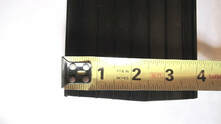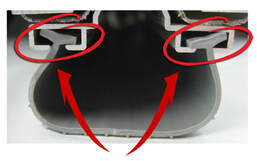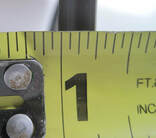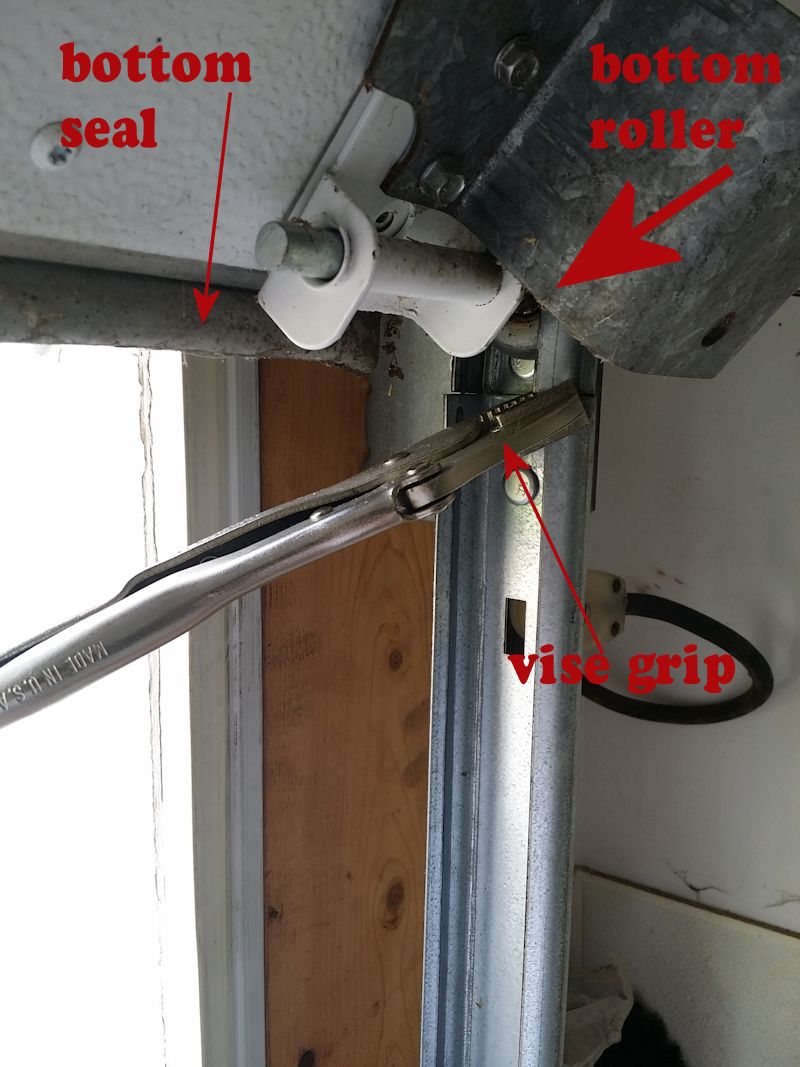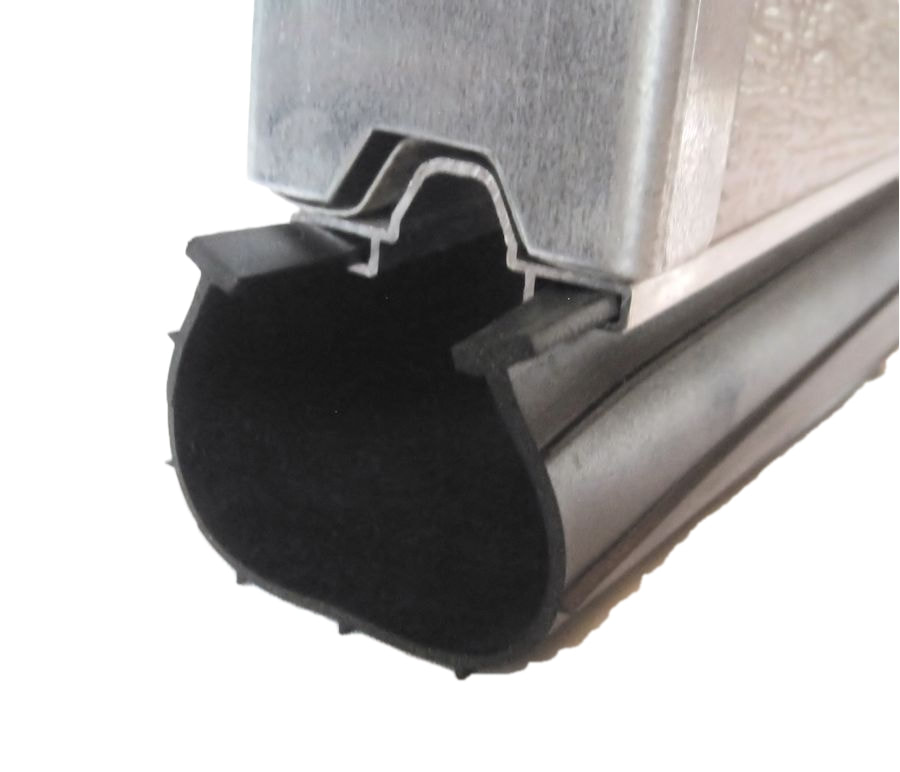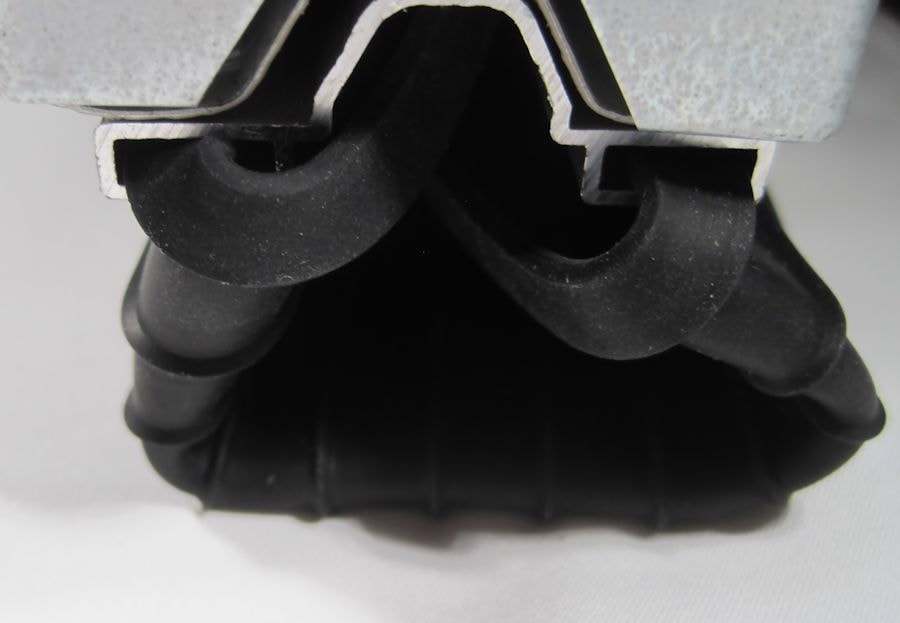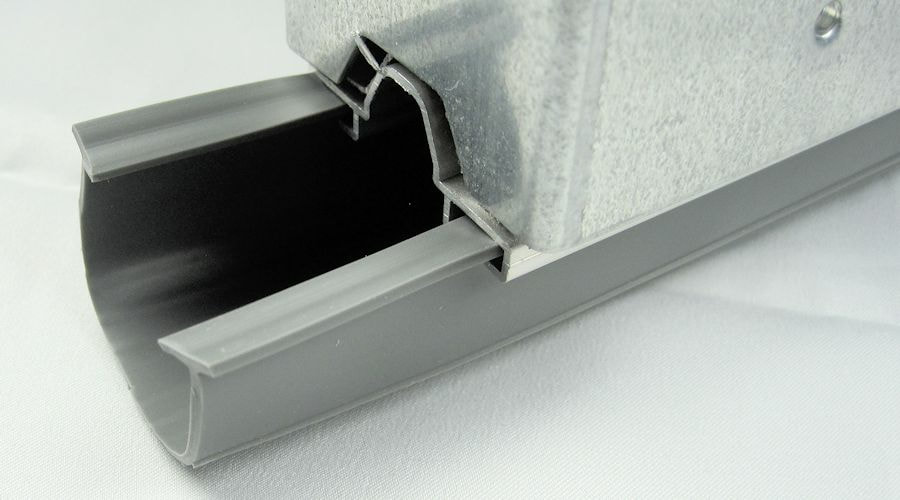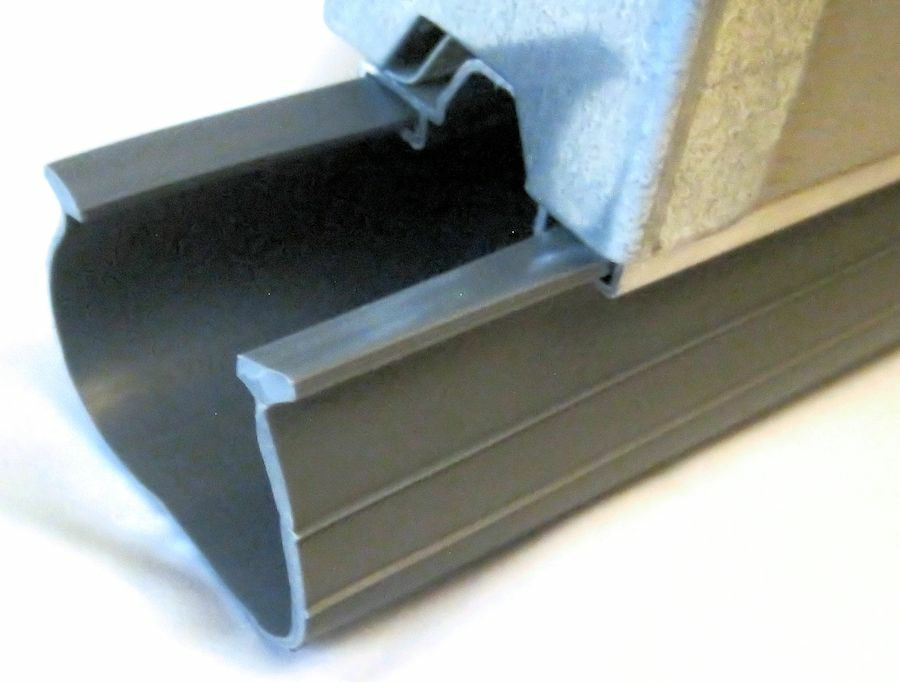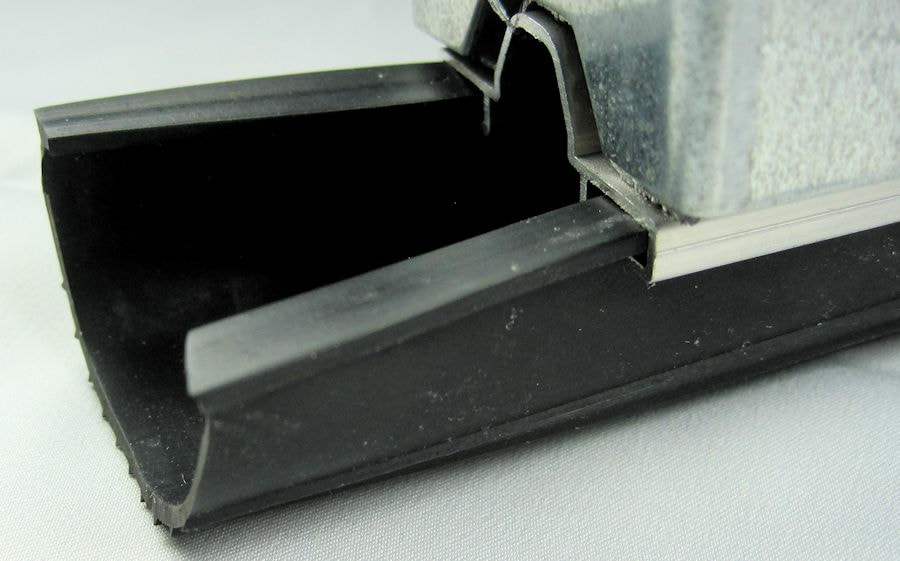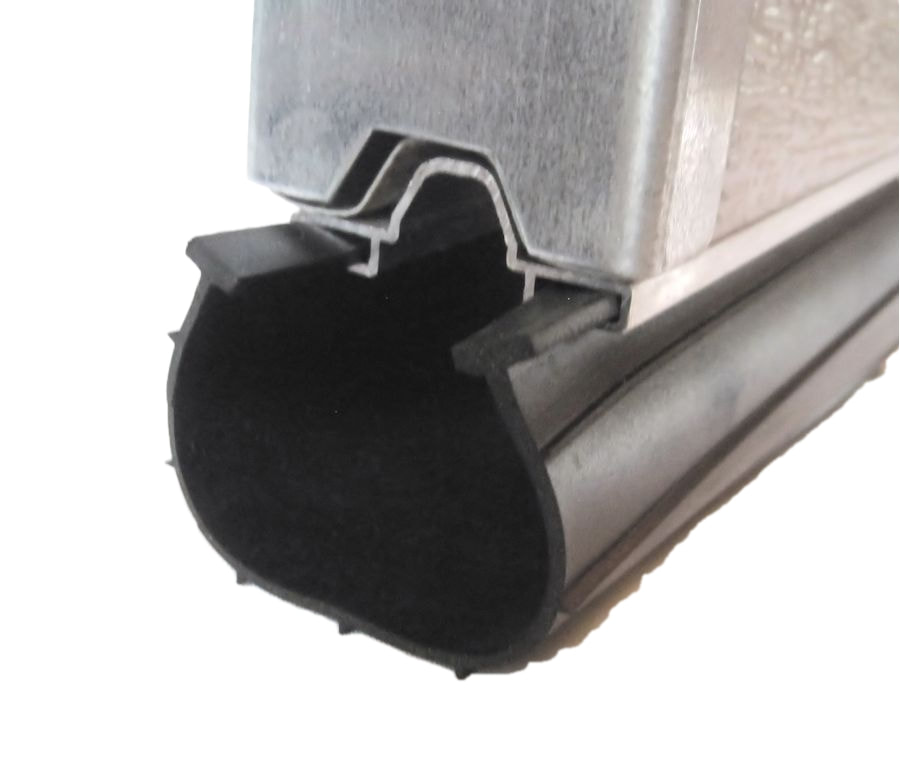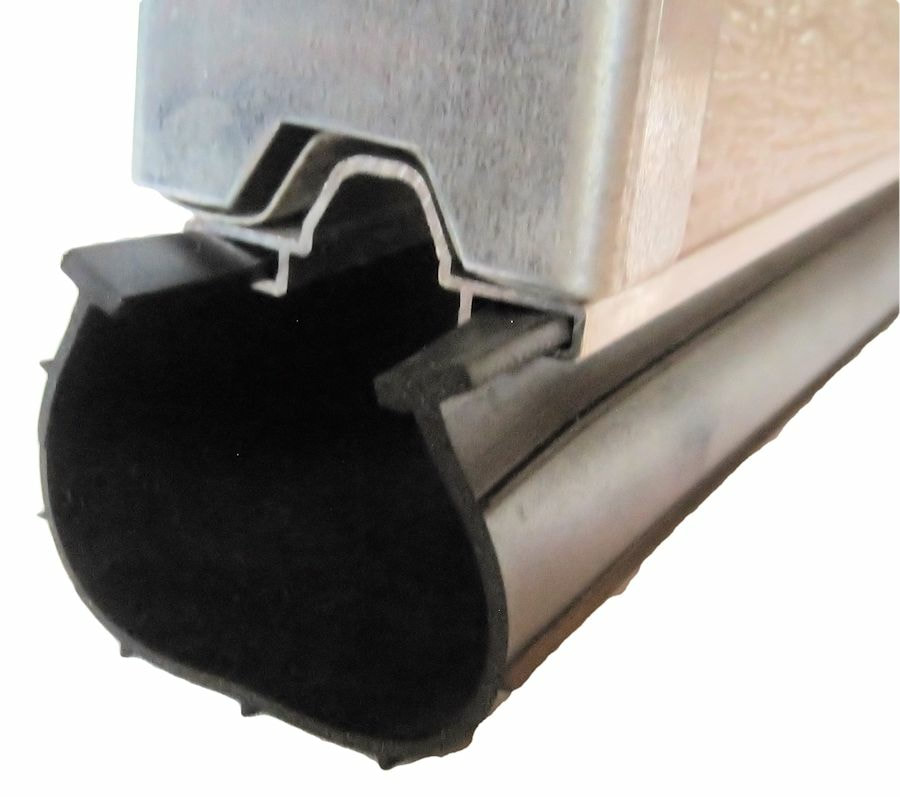Find the Correct Bottom Seal for Your Garage Door and How To Install It
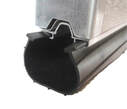
If you have a steel garage door that's been on your home for a while then you most likely have a bottom seal on the garage door that is cracked, hardened or torn. Years of being in the elements can damage the seal along with chipmunks & squirrels that want to get in your garage for that birdseed you have sitting in there. You'll be able to seal up the garage, keep out the elements and hopefully the critters by replacing the worn out seal with some new seal.
Replacing the bottom garage door seal is not difficult but it can be frustrating so we'll go through some steps below that will hopefully take away some of that frustration.
Replacing the bottom garage door seal is not difficult but it can be frustrating so we'll go through some steps below that will hopefully take away some of that frustration.
You can see and purchase bottom seals at the Garage Door Zone Store. If you're still not sure what will work in your garage door you can get a Sample Pack of the seals here. Test out the seal and see how well it fits in your garage door seal retainer before you buy a larger piece that may not work. |


